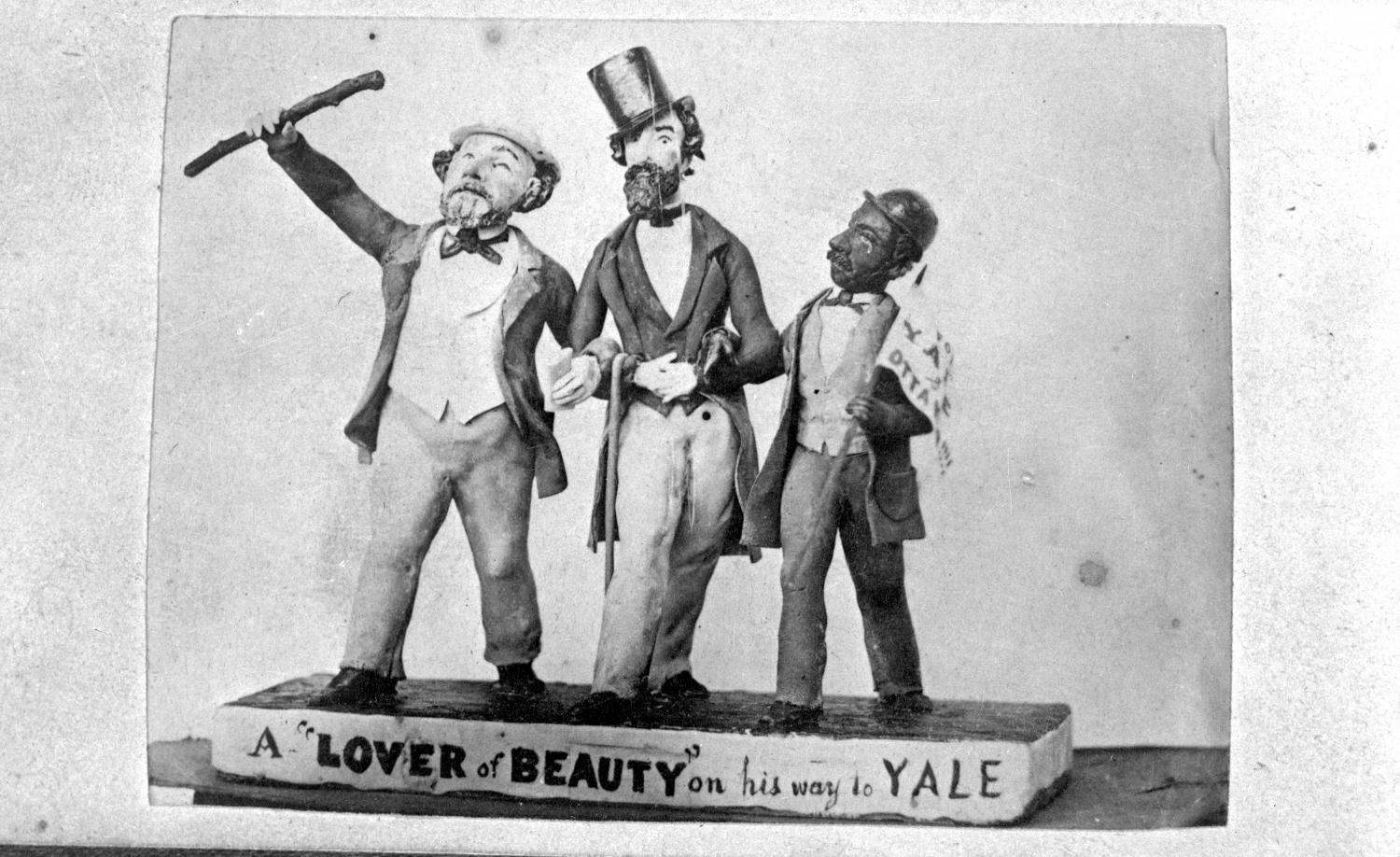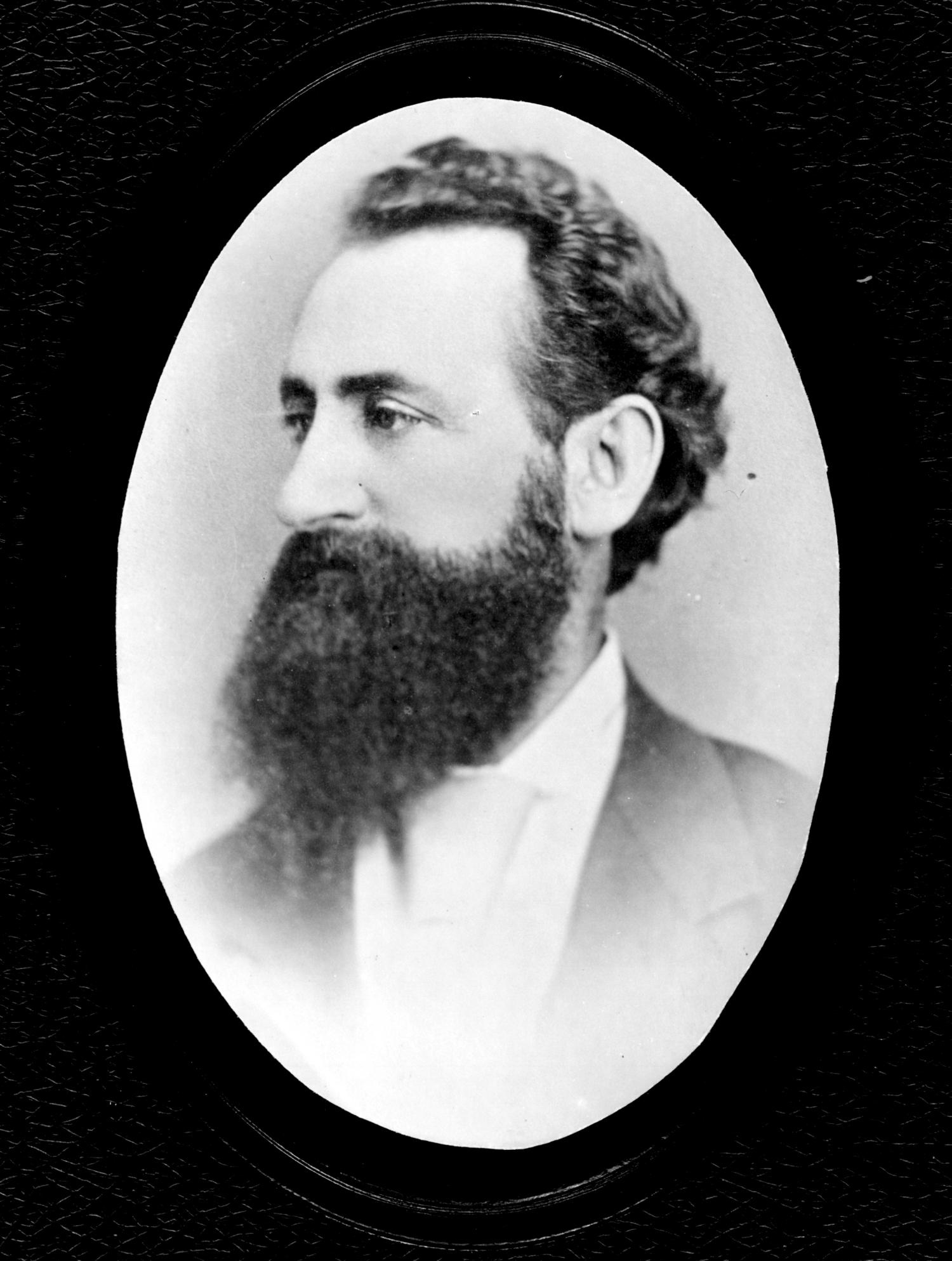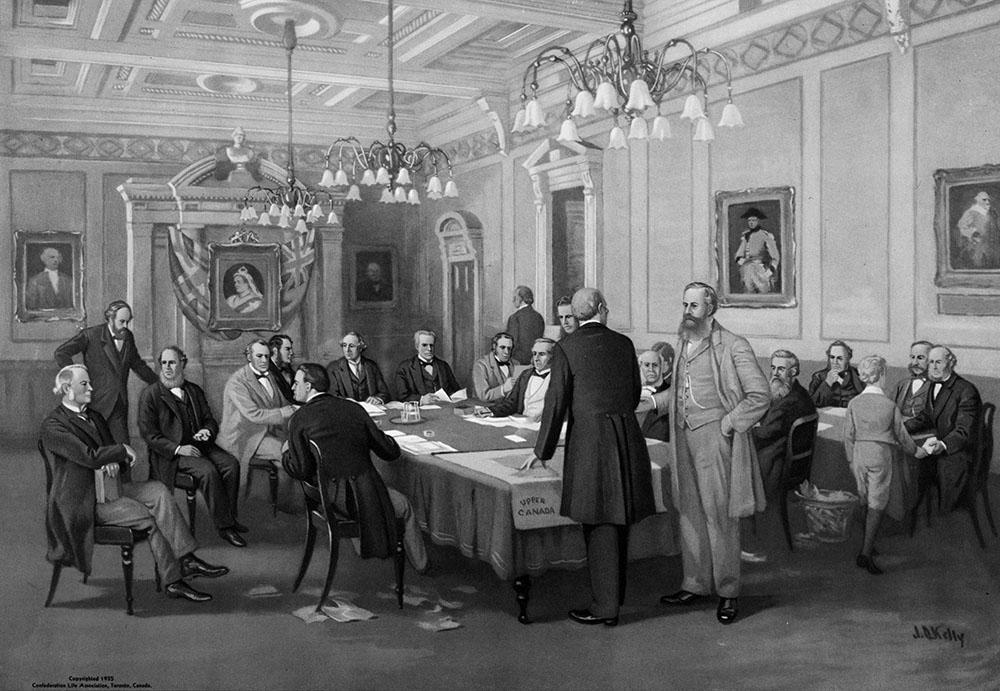Amor de Cosmos
An eccentric politician advocates for B.C. to join Canada
Date: 1868
Amor de Cosmos believed strength lay in unity. The notoriously eccentric figure –– who changed his name from William Alexander Smith to “lover of the universe” –– was a vocal proponent behind the 1866 amalgamation of Vancouver Island and the mainland. A year later, De Cosmos, a Nova Scotia-born newspaper publisher and member of British Columbia’s unelected legislative council with a penchant for theatrical flair, introduced a resolution favouring B.C.’s entry into the newly-formed Dominion of Canada. It passed unanimously. But several obstacles still remained.
Although B.C.’s legislative council held considerable influence, it possessed no decision-making power. Authority rested in the hands of Frederick Seymour, B.C.’s then-governor. Seymour, who had originally resisted the union between Vancouver Island and the mainland, now opposed the call to unite with Canada. He tried to impede pro-Confederation efforts ahead of his death in 1869. Many in the anti-Confederation camp feared a union with Canada could threaten their privileged colonial status. Meanwhile, other settlers –– particularly Americans who had come during the height of the gold rush –– advocated for American annexation, which appeared increasingly likely following the American purchase of nearby Alaska in 1867.
But De Cosmos and his fellow Confederationists remained steadfast. In May 1868, De Cosmos helped form the Confederation League. The organization wanted not only union with Canada but a responsible government in B.C. During his time in politics, De Cosmos also fought for freedom of the press and other broadly liberal reforms, such as free enterprise. That summer, the league staged pro-confederation speeches across the colony to increase public support for its proposal. In Barkerville, one League member told the crowd that joining Canada would allow B.C. to resolve its significant debt and remain “sheltered by the spreading folds of the glorious British banner.”
On Sept. 14, 1868, a group of delegates from the Confederation League met in the gold rush-era town of Yale to outline possible terms for a union with Canada, including debt relief, the establishment of representative government and a wagon road linking B.C. with the east. The proposal for a wagon road was ultimately upgraded to a railway, and several other resolutions eventually made their way into the conditions for B.C’s entry into the dominion. However, numerous impediments, including the vast expanse of HBC-owned land separating B.C. from Canada, ensured that day would not come for nearly four years. On July 20, 1871, British Columbia joined confederation as Canada’s sixth province. After fighting tirelessly to see Canada stretch from coast to coast, De Cosmos became B.C.’s second premier in 1872.
Sources:
1. Barman, Jean. The West Beyond the West: A History of British Columbia. University of Toronto Press, 2017.
2. British Columbia (1871). Library and Archives Canada, www.bac-lac.gc.ca/eng/discover/politics-government/canadian-confederation/Pages/british-columbia-1871.aspx#b.
3. Hawkins, Gordon. The De Cosmos Enigma. Ronsdale Press, 2015.
4. Sage, W. N. (Walter Noble). The Critical Period of British Columbia History, 1866-1871. University of British Columbia, 1932, open.library.ubc.ca/collections/bcbooks/items/1.0374757.
5. Shelton, W. George. British Columbia & Confederation. Published for the University of Victoria by the Morriss Printing Company Ltd., 1967.
6. Tattrie, Jon. British Columbia and Confederation. The Canadian Encyclopedia, 19 Dec. 2014, www.thecanadianencyclopedia.ca/en/article/british-columbia-and-confederation.
7. Woodcock, George. British Columbia: a History of the Province. Douglas & McIntyre, 1994.




